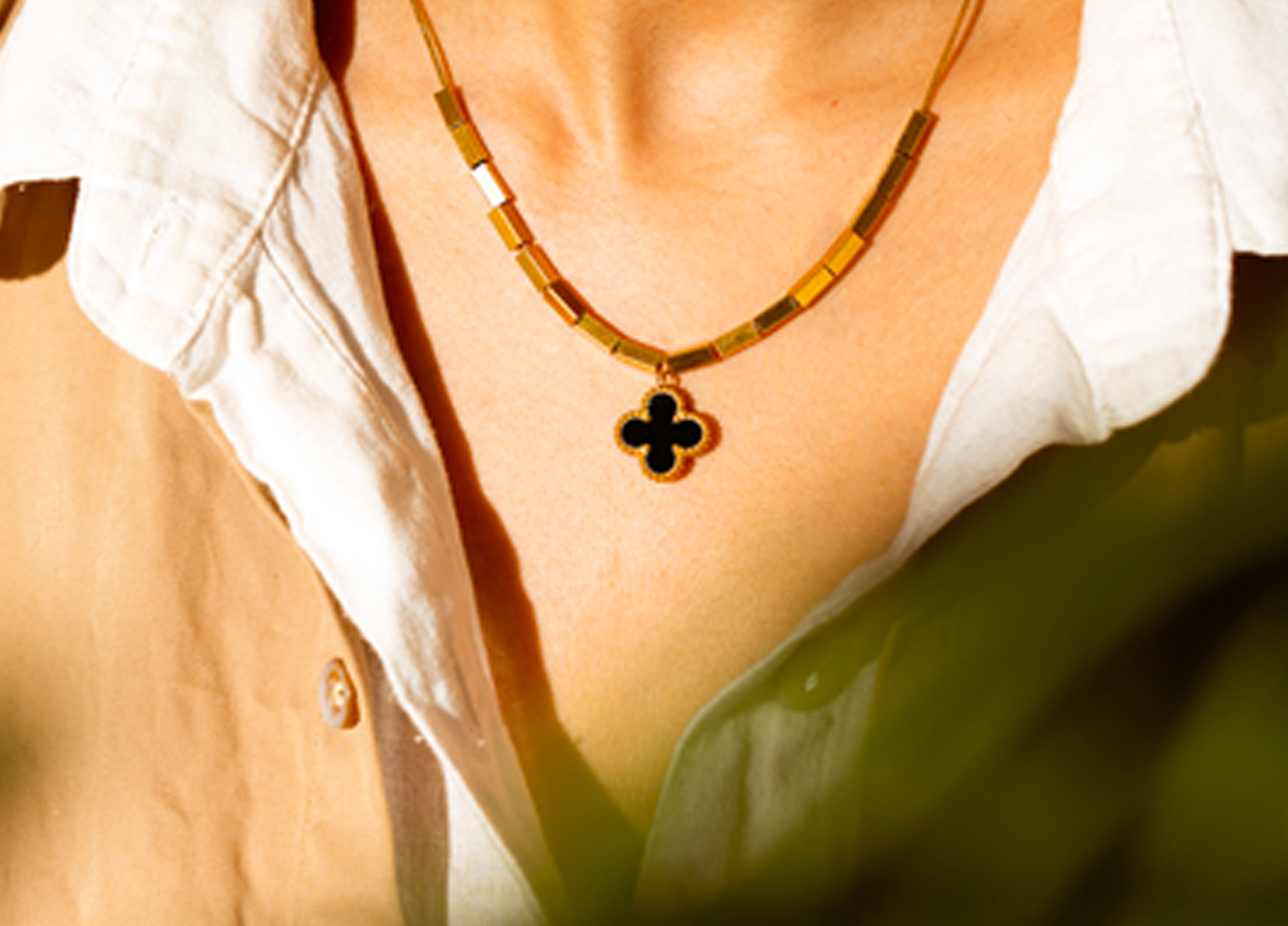Jewellery has been of cultural importance worldwide for thousands of years, being more than mere ornaments to wear. It is an integral part of the social, religious, and historical lives of many societies, where it commonly serves as status, identity, and heritage symbols. Throughout history, jewellery has been inextricably bound with rites of passage, including weddings, births, and religious rituals. For example, in India, gold jewellery not only denotes richness but is also a reflection of prosperity and safety, commonly transferred from one generation to the next. Likewise, in Africa, metals and beads carry spiritual implications, meaning power, safety, and group solidarity.
In Western societies, marriage rings symbolize love and devotion, and in Egyptian culture, jewels were a way to make sure one had a successful afterlife, and the more ornate the piece, the better, so they were buried with the dead. Symbolism goes beyond being merely beautiful, showing cultural values, beliefs, and social standing. What was used—gold, silver, precious gems, and even seashells usually indicate regional specificity, unifying people to their homeland and heritage.
Today, jewellery still develops in design and meaning, functioning as a declaration of personal taste, political statements, and cultural identity. Whichever way it is put on, be it as a tradition, a symbol of power, or as a piece of self-expression, jewellery remains a potent cultural object that unites past and present, representing the variability of human imagination and the importance of beauty across cultures.
Jewellery has definitely taken another turn in that it now transcends being something to wear on the body, but is rather laden with a rich meaning of who, what and where one is in terms of cultural heritage and ties to social status morphed into some all-important expressions. It connects history, tradition, and values of different societies through things, such as those elaborate necklaces worn by royalty. Around the world, the meaning of jewellery within a culture is as diverse as the differences in their materials and designs.
Jewellery as an Emblem of Identify Status and Identity
In many cultures, ornamentation serves as a very conspicuous symbol for wealth, status, and social standing. In the ancient civilizations such as Egypt, Mesopotamia, and India, jewellery was reserved for kings, queens, and priests as symbols of power and divine favour. Gold, silver, and precious gemstones were often reserved for the elite, creating a stark divide between the privileged and the common people. The same goes for today's society, jewellery is used in contemporary culture to refer someone to a place within a social hierarchy.
For example, a personalised silver bracelet is one of those many things that manifest in a very elegant yet meaningful manner in the lives of many cultures. Most often, they are engraved with names, dates, or important symbols, making them personal statements and reminders for the significant events in life. In the same way, one could have a bespoke necklace, bearing inscriptions or charms that reflect personal beliefs-another way that jewellery can become more personally relevant to the identity of the wearer.
Jewellery via the Rites of Passage
Jewellery has the most profound cultural purposes as far as it involves ceremonies marking the transition from one stage of maturity into another-such as rite of passages around the world. This jewellery represents significant milestones in life, such as birth, marriage, and death, which are celebrated when a person exchanges a meaningful piece of jewellery within a circle of family or culture, thereby creating a memory and a strong bond within the family or culture.
India is an example, bride gold jewellery is an integral portion of Indian wedding ceremonies. Heavy gold necklaces and bangles, together with earrings, adorn brides, these not only signify wealth at weddings but also assure well-being in the family. To some extent, gold becomes known as a sacred metal and is related to goddess Lakshmi, the goddess of wealth. Others may give personalized silver bracelets to the bride or the groom, in reference to individual ties and promises they have made to each other. In the West, the customary exchange of engagement rings composed of diamonds or a wealth of other captivating precious stones.
Spiritual and Religious Meaning
Besides playing a social status role, jewellery also holds strong spiritual and religious meaning across a number of societies. There are gemstones and metals believed to possess protection against evil or be lucky charms. In Hindu society, for instance, some types of jewellery items, such as the customized necklace, are used as amulets with blessings bestowed on the wearer. Likewise, in many African cultures, beads are worn to represent spiritual power and protection, with each colour or pattern having a special meaning.
In other Native American cultures, turquoise and silver jewellery is worn to link the wearer to the earth and spirits. Each item is believed to have the spirit of nature, and the meticulous craftsmanship of these items demonstrates a respect for nature.
Jewellery as Art and Cultural Expression
In addition to its functional applications, jewellery is also art and a means of expressing culture and craftsmanship. Indigenous cultures, like the Navajo and the Maasai, have also developed unique techniques in making jewellery that reflect their heritage. The handcrafted pieces may carry stories, symbolize familial relationships, or reflect intricate designs passed from one generation to another.
The popularity of bespoke necklaces and personalized silver bracelets in modern fashion also mirrors this movement of individuality and creativity. Now, individuals utilize jewellery as a canvas for expression, be it through trendy designs, handmade items, or customized engravings that have a story of their own.
Jewellery personifies cultural meaning based on the history of it. Symbol of status, identity, spiritualism, and tradition, jewellery across the globe represents many things throughout cultures.
Personal statements, whether a silver bracelet specially made to mark an occasion or a necklace specially made to represent personal belief, jewellery as a vehicle of cultural statement remains active and alive. It ties people’s generations apart to their histories, to their traditions, and to the narratives that bestow significance to their current living.




Leave a comment
All comments are moderated before being published.
This site is protected by hCaptcha and the hCaptcha Privacy Policy and Terms of Service apply.